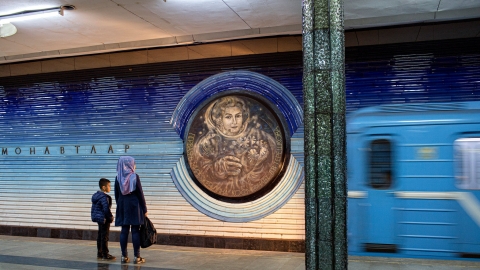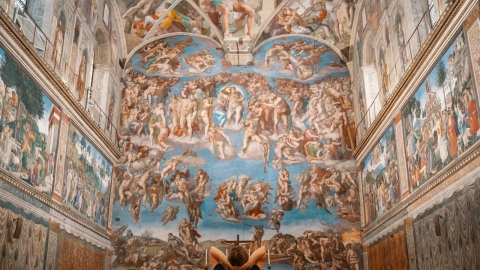Before colonial rule, Ivory Coast was home to the Gyaaman, Kong Empire and Baoulé, which shaped the country’s identity. Now, local architecture is re-merging with traditional architecture to create a model for the future.
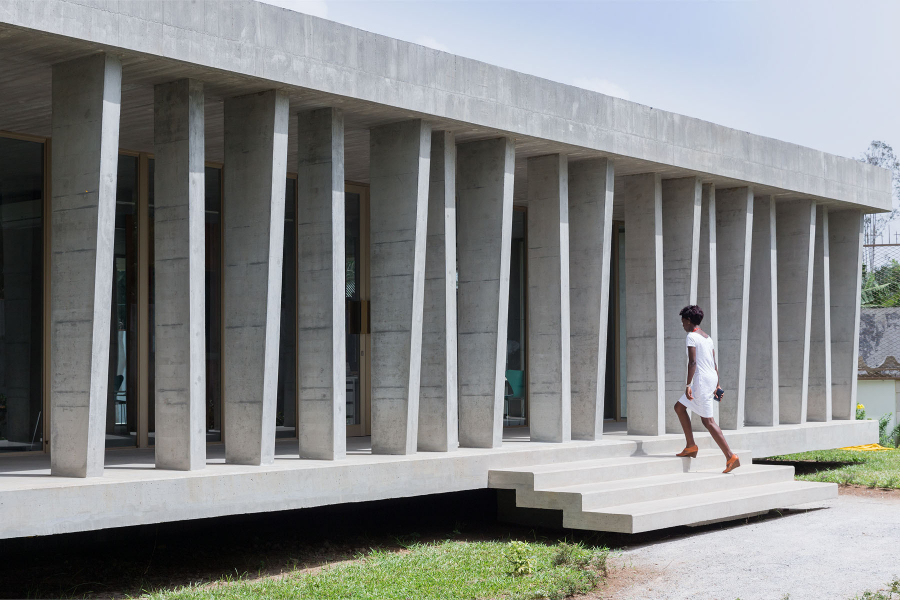
From the capital port city of Abidjan to the rural settlements, the country is becoming one of the most prosperous in West Africa. While the 1960s and 70s were a period of architectural experimentation in Africa, they also produced new architecture in Côte d'Ivoire. Modern architecture boomed after the country's independence in 1960. The country was then transformed by the 1999 military coup and two subsequent civil wars.
Today, the construction industry is booming again and Côte d'Ivoire is encouraging both private and public projects. Let's explore some of Côte d'Ivoire's recent projects and historic structures.
Bamboo Pavillion (Koffi & Diabaté)
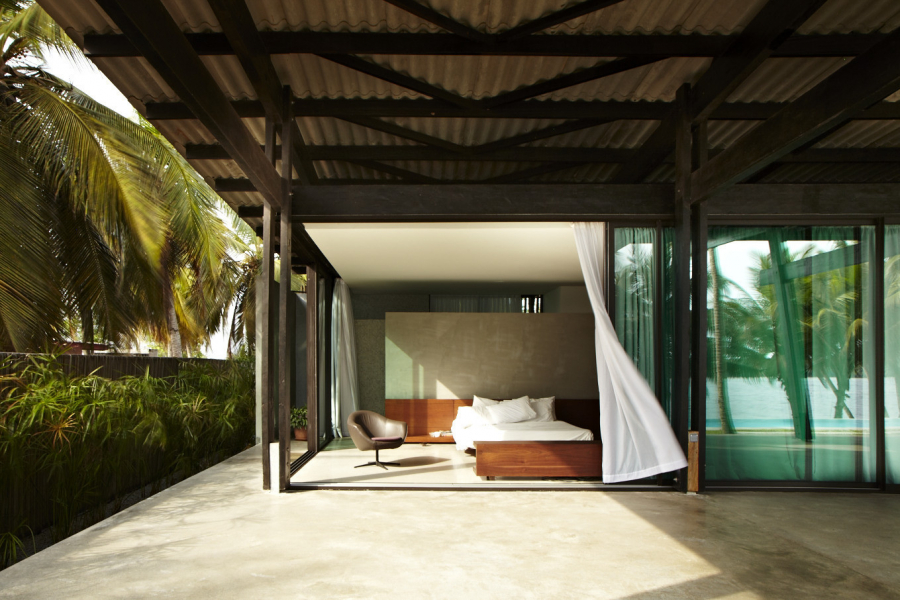
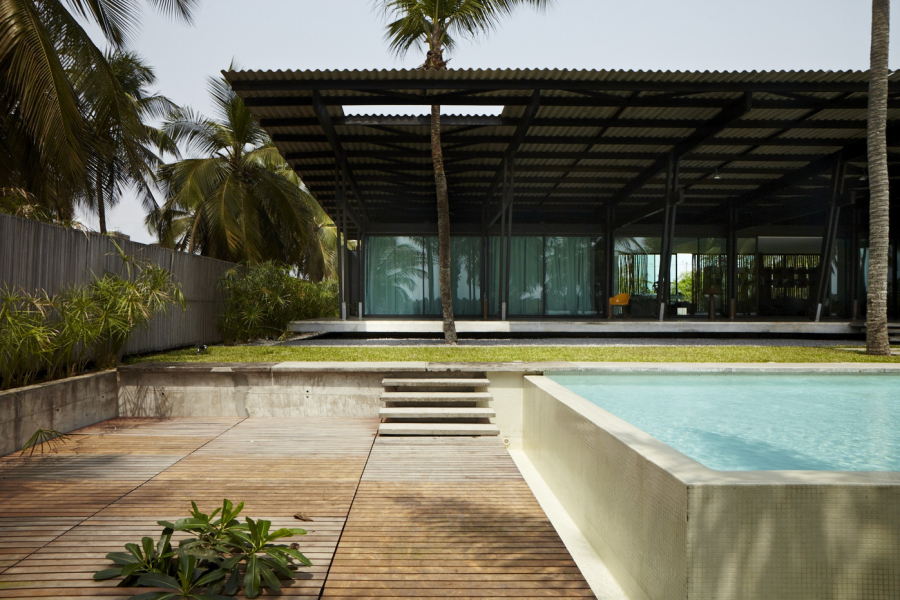
The project is inspired by light, space, and air. Bamboo Pavillion is a house that blends with the environment while still maintaining a modern feel. The main element of the project is the use of bamboo as a fence. The house is an open space because it has integrated glass sliding doors and walls around the house.
Villa Lepic Hotel (Paola Bagna)

Nestled among palm trees and tropical plants, this Le Corbusier-inspired house has retained its charm despite its many waterproofing and conservation issues. Paola Bagna led the renovation, transforming it into a 17-room boutique hotel that includes a reception area, restaurant, meeting/event space, bar, wellness area, indoor and outdoor lounges, and a swimming pool.
Gymnasium, Blaise Pascal High School (Koffi & Diabaté)
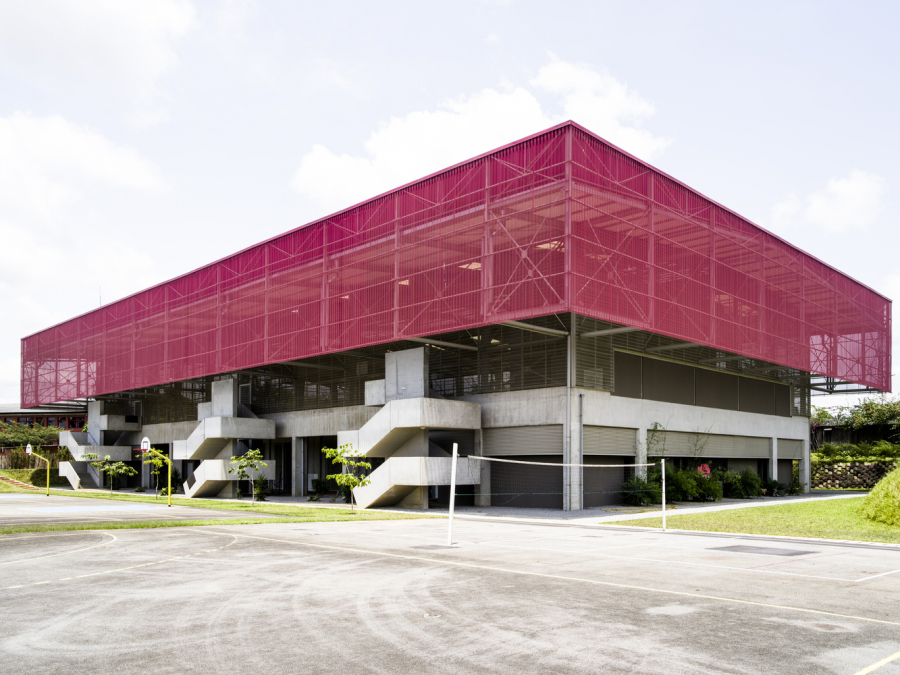
The new building consists of a ground floor that is a more intimate and transparent space. On the second floor, the facade is made of perforated metal and has two main functions. The first is to passively protect the interior space from direct sunlight and to ensure thermal comfort through natural ventilation. The gym is always at a balanced temperature, being the “lungs of the project”, making air conditioning redundant.
Hotel Ivoire (Heinz Fenchel and Thomas Leritdorf)

Designed by Israeli architects Heinz Fenchel and Thomas Leritdorf, the striking white tower of the Hotel Ivoire in Abidjan was completed between 1962 and 1970. The Hotel Ivoire remains one of the most prominent buildings in the capital city of Abidjan. It is the only five-star hotel and conference center in the capital of Ivory Coast.
Assinie-Mafia Church (Koffi & Diabaté)
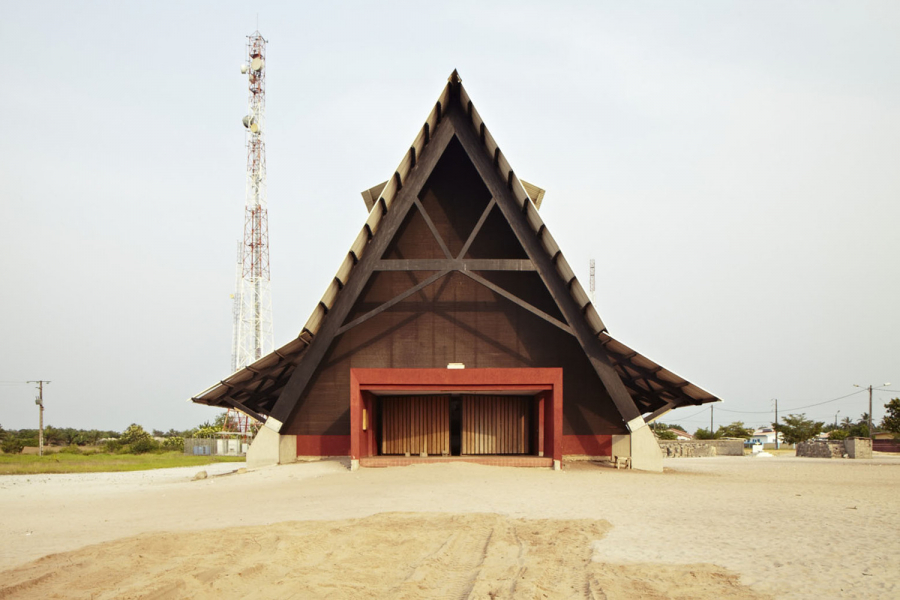

The goal of the Assinie-Mafia Church was to go beyond tradition and create a building that conformed to modern religious norms while reflecting the spiritual atmosphere of the city. The design team created a structure that blends simple and intricate details, with an emphasis on natural ventilation.
Embassy of Switzerland (LOCALARCHITECTURE)
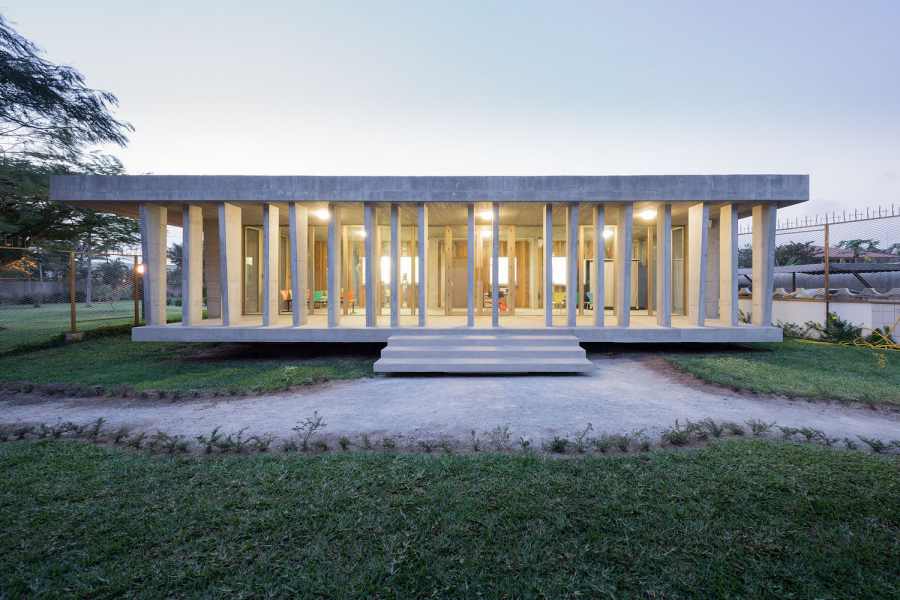
The embassy is located in the Abidjan plateau district. In 2013, the Office Fédéral des Con construc et de la Logistique (OFCL - Swiss Federal Office of Works and Logistics) decided to buy the former residence of the Norwegian ambassador in the Cocody district, intending to renovate and expand the existing building to accommodate the new embassy.
La Pyramide (Rinaldo Olivieri)

La Pyramide was designed by Italian architect Rinaldo Olivieri and built between 1970 and 1973. The tower is a highlight of modernism in African architecture, with a pyramid shape and horizontal balconies on a pillar. The building is intended for expatriates and the Abidjan elite, while the ground floor is reserved for commercial purposes.



























